Conquering The King’s Trail On Hawaii’s Big Island
By Jessie Festa. This article on hiking The King’s Trail in Hawaii contains affiliate links to trusted partners.
During a recent solo trip to Hawaii‘s Big Island, I had the pleasure of staying at Waikoloa Beach Marriott Resort & Spa, which is within walking distance to ancient ponds, historical village ruins and, the focus of this post, The King’s Trail, or The Mamalahoa Trail in Hawaiian.
When you enter the Waikoloa Village (the complex where the Marriott is located) from Queen Ka’ahumanu Highway (Route 19), you’ll see a sign for the trailhead and free parking lot on your right.
While at the very beginning the trek — one of the most interesting and best hiking trails in the United States — seems like it’ll be a paved road, the terrain becomes rough very quickly, although stays pretty flat throughout.
The entire time you’re immersed in volcanic rock, ancient terrain, and petroglyph fields. Additionally, your surrounding views alternate between palm trees, golf courses, luxury properties, and mountains, sometimes even a mix of both.
The trail traverses around the entire island, although some sections are completely eroded; however, you’ll often be able to enjoy uninterrupted adventure travel and hike for 20+ miles (32+ kilometers) without stopping.
Not only is the King’s Trail scenic, it’s part of the Kaloko-Honokohau National Historical Park. Built between 1836 and 1855, by prisoners and local laborers for horse travel, it once went for 32 miles (51 kilometers), connecting the villages of Kailua and Kona in the south, and Puako to the north.
Notice the rock shelves on both sides. These were used to keep the animals on the trail, even if the rider fell asleep.
The name of the trek — The Mamalahoa Trail — is also interesting, as the word “Mamalahoa” refers to a law passed by Kamehameha the Great to ensure the safety of travelers.
Additionally, it pertained to an elite regime that acted under his rule to help conquer the surrounding islands and unite what we now know as Hawaii.
Petroglyphs are the main reason people hike the King’s Trail, as it’s home to one of the largest concentrations of ancient rock carvings in Hawaii.
There are literally thousands — dating between 1400 and 1800 AD — with various religious and celebratory meanings, especially as crossing borders in these times was not something to take lightly. Petroglyphs were made using sharp stone tools crafted into a kind of chisel and hammer.
Sharp rock fragment was used to dig the carvings further. Another method of creating petroglyphs included rubbing blunt stone against lava.
While it can’t be determined exactly what the carvings mean, it’s clear these were more than mindless drawings, as in ancient Polynesia no form of expression was done without meaning.
That being said, there are some theories, for example, pictures representing guardian spirits, and concentrations of dots, lines and circle representing groups, days of travel or the number of trips made past a certain point.
No matter they mean, it’s interesting to get a close-up glimpse into this ancient culture.
You’ll also find an interesting cave shelter toward the beginning of the trail. These were used to hide armies defending or attacking a certain border. They were also encampments for shielding oneself from wind and bad weather.
To give you a better idea of what you’ll see on the trail, continue reading the photo essay below. After viewing the pictures, it’ll be clear why this trail should absolutely be on your Hawaii travel itinerary!

Hi, I’m Jessie on a journey!
I'm a conscious solo traveler on a mission to take you beyond the guidebook to inspire you to live your best life through travel. Come join me!
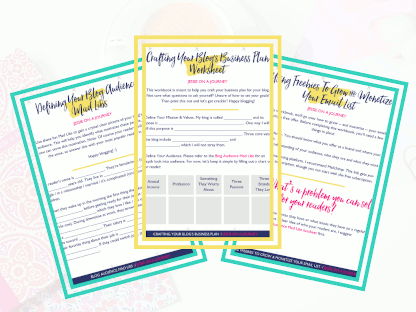
Want to live your best life through travel?
Subscribe for FREE access to my library of fun blogging worksheets and learn how to get paid to travel more!




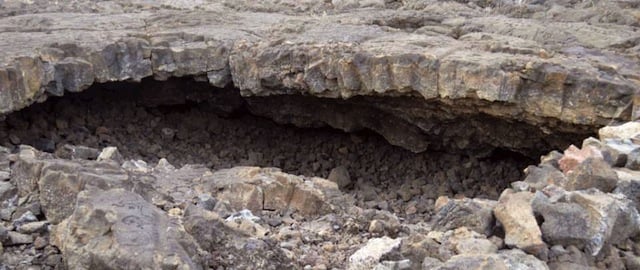
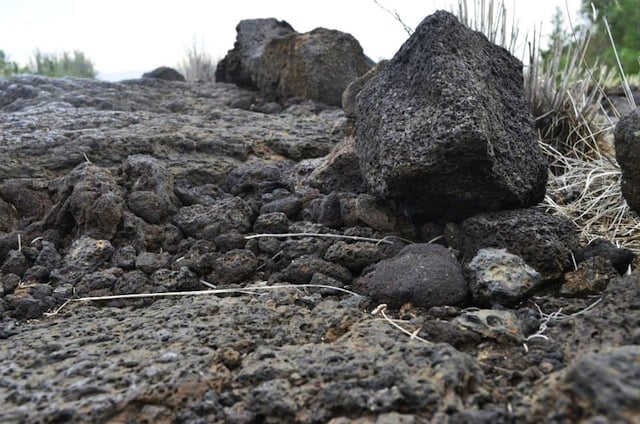


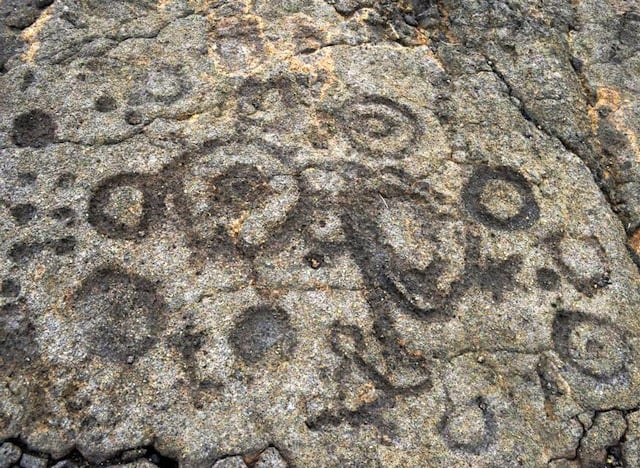
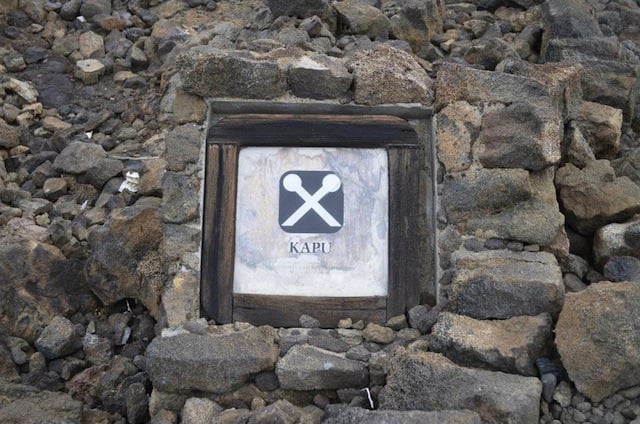
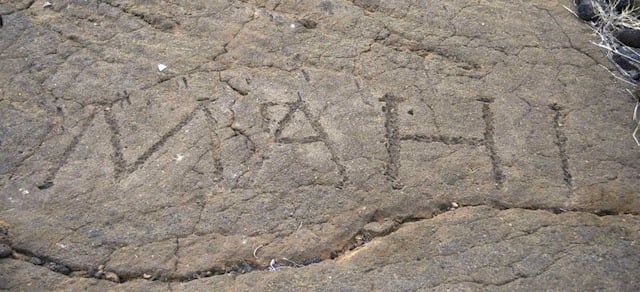
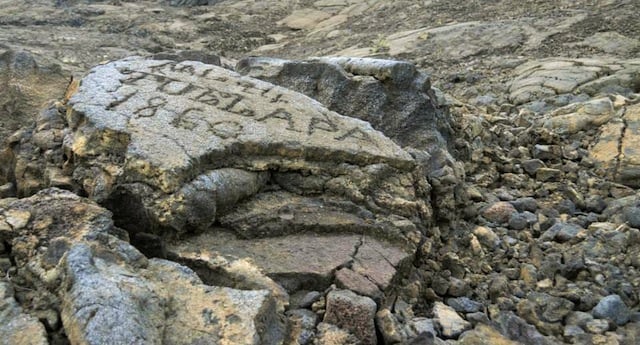
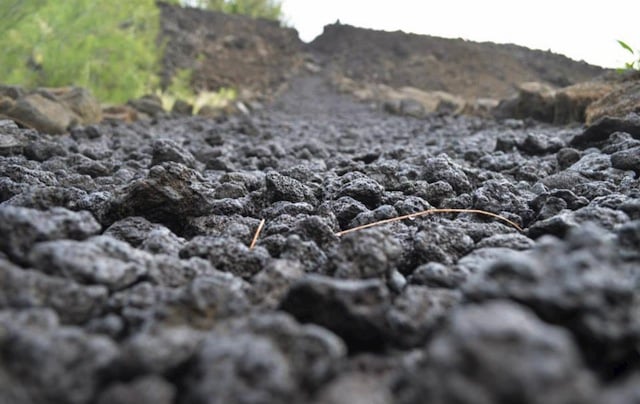
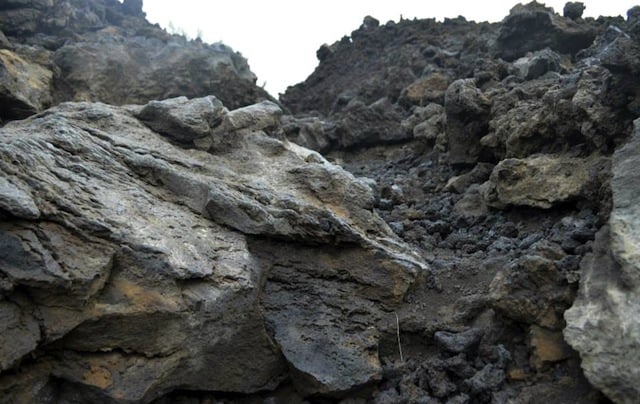


I hiked the section from the queens shops to the fish ponds at Mauna Lani. At the start there is buffer zone between the trail and the irrigated resots and golf clubs, but this soon disappears. There are places where condo construction comes to within a few feet of the trail, and vegetation is beginning to grow over the trail due to irrigation that is either leaking onto the trail, or from being set up very very close to the trail. At the golf course just before Mauna Lani, the lava is discolored for several feet adjacent to the golf course. Maybe they put something in the water. Even if you disagree with Mark Twain, that golf is a good walk spoiled, the proximity and carelessness of the resorts and courses in this area may spoil for you what could be a much better walk. Next time i’ll try the other way.
I can see how the development could be a bummer. I went the other way from queens and that’s not a problem. For miles on either side of the trail is just lava rock except for the highway to the east but, that’s still quite far. I only went about a mile and a half before I messed up a few of my toes (I was wearing flip flops like an idiot. Just there for a day so I didn’t plan well) but, worth it for sure. I was really inspired to do the whole trek. I live on Ohau, so it’s just an island hop away but, I’m just a kid.
From Queen’s Marketplace south you can go at least 3 miles on the almost arrow-straight trail – how much farther, I don’t know. There are several side trails down to the coast along the way. I recommend the one down to Keawaiki Bay, but that’s probably better done from the parking area by the highway down there. Definitely wear good shoes, you’re on chunks of lava the whole way and it can get tiresome. Also, there’s no shade at all so be prepared.